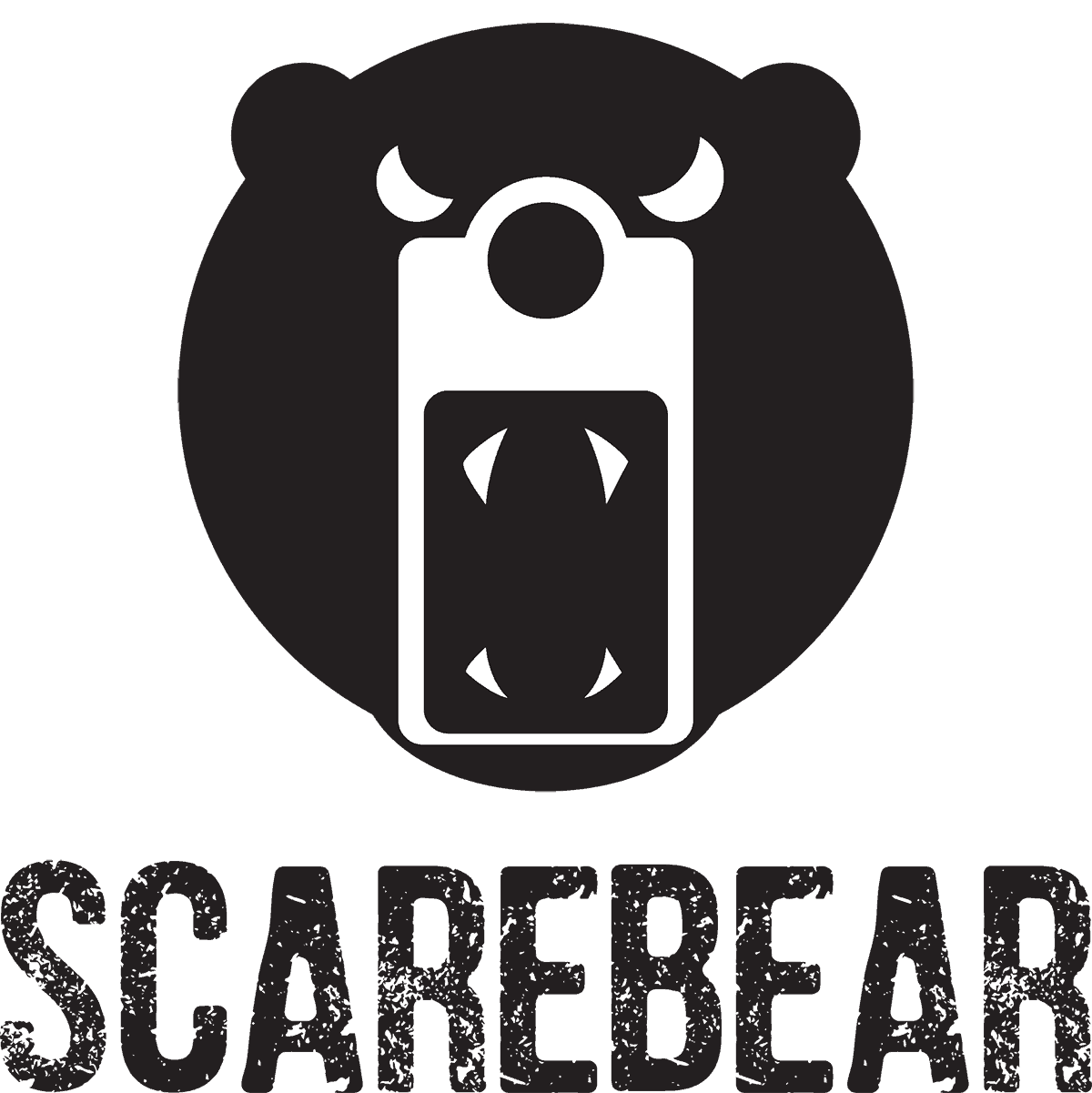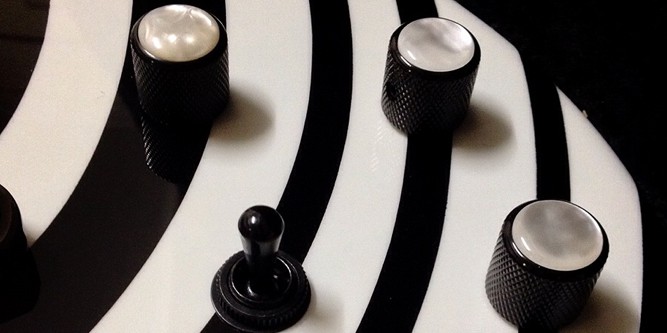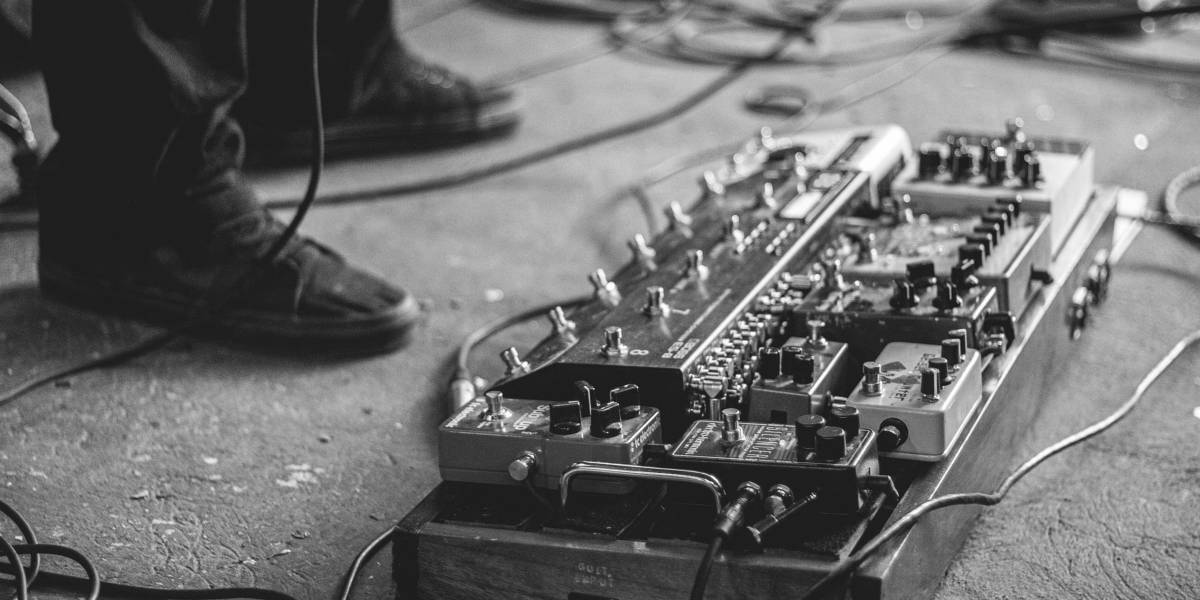So I wrote recently—if you consider a month ago recently—that I’d entered what I’m calling the previous century and provided electricity to my small guitar pedal collection. I was quite proud of this achievement and managed to connect all pedals in random order just to prove all their little lights worked. I’ve now decided to enter the modern era—perhaps even this century—and build my own little pedal board which will put my small pedal collection together in a somewhat sensible order (all with electricity powered lighting of course).
As I am years behind in the ways of pedal boards I have realised I’ll need assistance in the ways of ordering the pedals I have. Luckily I have a few places to source information from. Let me share some of my favourites with you as I prepare to build my first pedal board.
The first place I found useful information on was YouTube. I found a very handy and informative video on pedal placement by the Tone King. This video also made me want to buy more pedals. I am slightly compulsive though.
The Tone King video has made me wonder what would happen if you place two distortion pedals after each other (as opposed to an overdrive and a distortion pedal as suggested in the video). I have a feeling I will discover what will happen because my current pedal collection consists of the following:
- Boss Distortion DS-1
- Dunlop MXR Fullbore Metal Distortion
- Boss Chorus CE-2
- Boss Loop Station RC-2
To be honest I’m yet to find out if the loop goes at the end. I imagine it does.I’m also very sure the two-distortion combo will just be awful.
Apart from YouTube I did find other information sources on the Interweb such as this Tumblr site on pedal boards. I found it to be very informative. Some of the information seemed very similar to that in the Tone King video. Reassuring.
My last source for information was my iPhone. Not as another searching tool. Not as a way to reach out and phone a friend either. No, I had a look at the preset options in the guitar apps I’ve purchased such as AmpKit and AmpliTube. Surely the pedal placement there was done by experts. I just have to follow their leads (pun intended) to see if my intended pedal placement was appropriate. So far I believe it is.
I have my pedals and I have my single cable to power them all. I’m awaiting my new connector leads (on order) and then I’ll build some kind of framework to house the pedals. It won’t be metal as I’m not a metalworker. It will be as sturdy as I I can make it in wood. Although I’m not a carpenter either.
This is going to be fun!



